Hello, readers of our website! Many of us have a desire to explore other planets, observe distant galaxies, and walk on unique celestial bodies. Currently, human progress does not yet permit us to venture into outer space, but efforts are being made in this field, and it is possible that one day we will have the opportunity to freely journey through space, similar to how we currently travel by air on passenger airplanes.
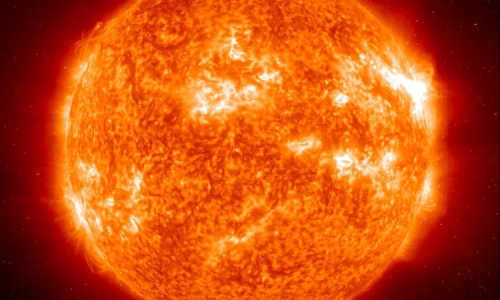
However, the focus of this article will not be on that subject. Numerous individuals are intrigued by the inquiry – how long does it take to travel to the Sun? In this manner, we will uncover the duration it would take us to reach our celestial body using various forms of technology.
The distance between the Earth and the Sun is approximately 150 million kilometers, which may seem insignificant in the grand scheme of the universe, but for our civilization, it is an enormous distance.
If an adventurous individual were to attempt to travel to the Sun on foot, it would take them over 2000 years to complete the journey, assuming they maintained an average walking speed!
Alternatively, if we were to embark on a road trip to the Sun, it would take us nearly 200 years to reach our destination.
Opting for air travel in a relatively modern airplane would still require almost 20 years to reach the Sun.
But, if we were to travel in a spaceship, we could expect to arrive at our destination in approximately eight months.
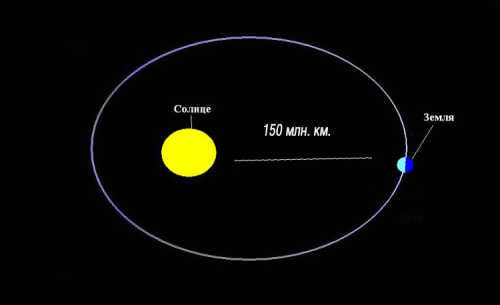
Traveling at the Speed of Light
Imagine if humanity were able to achieve light speed on their spaceships, how long would it take to reach the Sun? In this scenario, the journey would be incredibly short, taking only 8 minutes and 19 seconds! That is the amount of time it takes for light to travel to Earth.
Next time you gaze up at the Sun, remember that you are seeing it as it appeared eight minutes ago.
Many people wonder how many light years it would take to reach our star. However, this is a trick question, as such a journey would not even take a single year. The time it would take to cover 150 million kilometers would be equivalent to 0.0000159 light years.
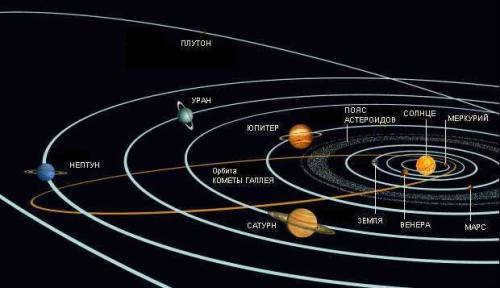
I hope that in the forthcoming years, humanity will acquire the capability not only to travel effortlessly to the Sun but also to explore distant stars and even entire galaxies! Nevertheless, achieving this goal necessitates a significant technological revolution across numerous scientific domains.
We trust that you found our enlightening data intriguing and will return to us once more!
This is extremely fascinating:

In our solar system, there are currently eight officially recognized planets. The one closest to the Sun is Mercury, which is situated at a distance of approximately 57.91 million kilometers. Earth, on the other hand, takes the third position in terms of its distance from the Sun, with a distance of nearly 150 million kilometers. Ever since the first spacecraft was sent into space, scientists have been diligently studying the Sun, not only from our planet but also by attempting to venture closer to it.
Why is the James Webb telescope, which took 25 years to develop, being launched into space? What makes it so significant? Where is it headed? And most importantly, will it provide us with new insights into extraterrestrial life?
At what point in history has humanity been in the closest proximity to the Sun?
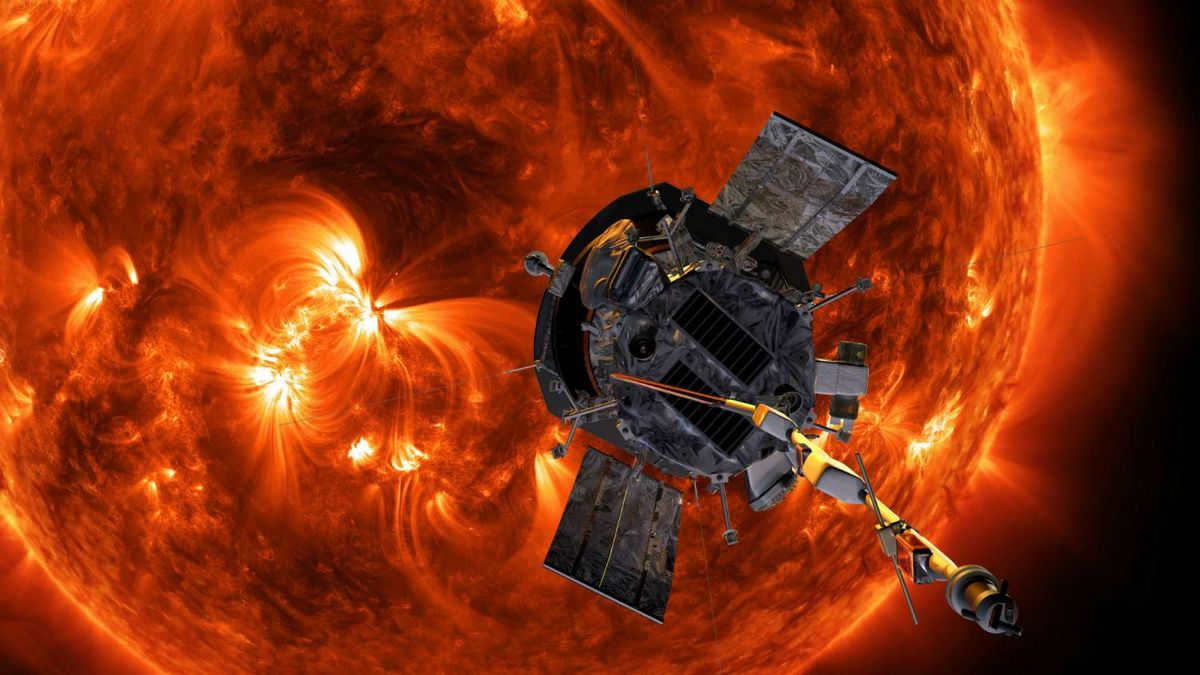
What is the Parker Solar Probe
- It is a systematic annual mission to explore the Sun;
- Its primary objective is to investigate the phenomenon of solar winds;
- It aims to collect valuable data on solar energy;
- It is focused on studying flares occurring on the surface of the Sun.
The main challenge faced in launching this probe during the previous century was the inability to address the temperature issue caused by the Sun. However, NASA engineers have devised a solution to protect the Parker Solar Probe from radiation and heat. The probe is now shielded by a carbon composite shield that is approximately 12 centimeters thick. This shield enables the probe to withstand temperatures that can reach up to 1,377 degrees Celsius. The Parker Solar Probe is equipped with four sets of instruments that are specifically designed for studying magnetic fields, plasma, energetic particles, and capturing images of the solar wind.
The current primary accomplishment of the Parker Solar Probe is its ability to reach a distance of 8.5 million kilometers from the Sun. In order to overcome the gravitational forces at this point, the probe has achieved a velocity that is equivalent to 0.064% of the speed of light. The most recent update from NASA regarding the Parker Solar Probe was released on June 2nd. In this report, the agency confirmed that the probe remains in optimal condition despite being exposed to a sudden release of solar energy that impacted its structure.
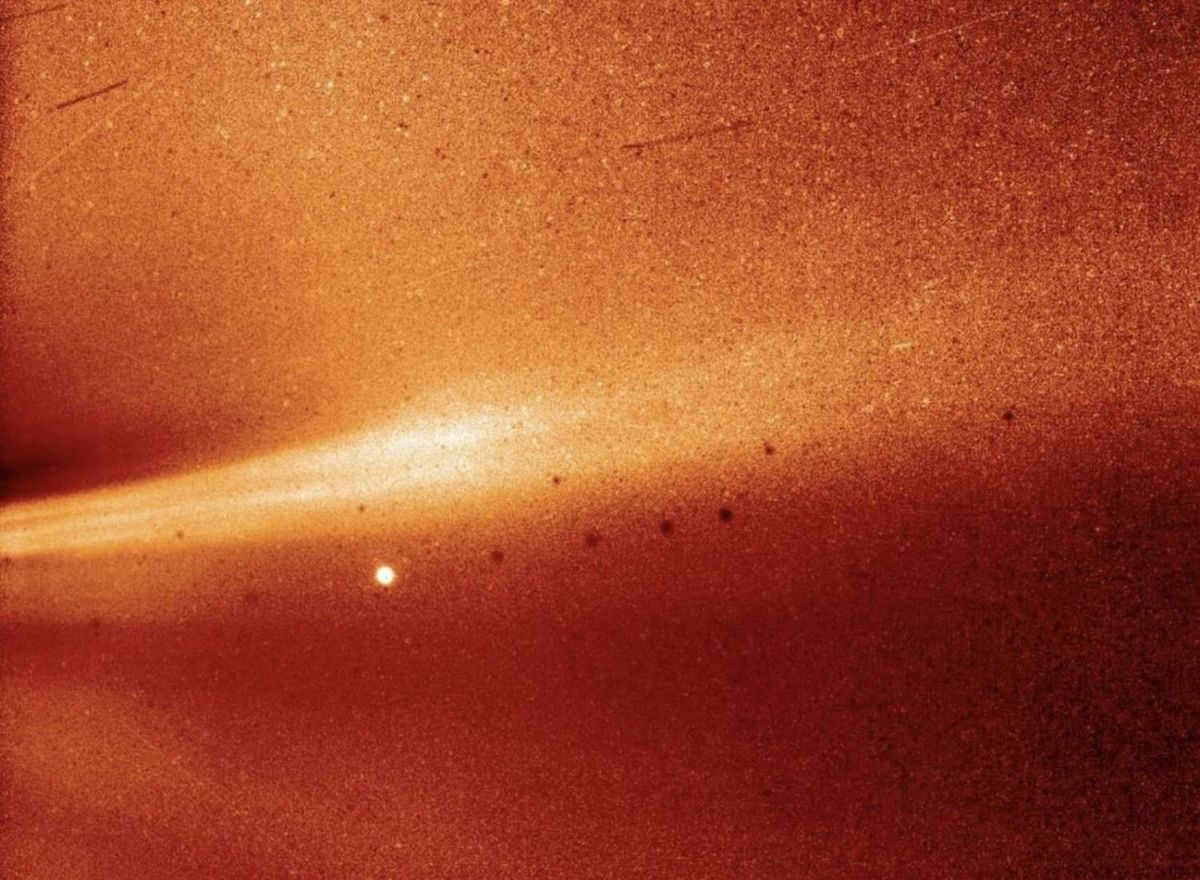
Is it feasible for humanity to approach the sun?
Currently, it is unlikely that mankind will be able to get close to the sun due to several reasons.
1. Temperature. The extreme temperatures on the sun’s surface make it impossible for anyone on Earth to withstand. NASA engineer Ralph McNutt, who prepares equipment for astronauts, has stated that existing spacesuits are not designed for long-distance space travel. Standard spacesuits can provide relative comfort in temperatures up to 120 degrees Celsius, while the temperature on the sun’s upper layers reaches 5500 degrees Celsius.
2. Lack of solid surface. The sun does not have soil or rocks like the Earth. It is a massive expanse of red-hot matter.
3. Physics. The Earth orbits around the Sun, as explained on NASA’s website. This orbital motion has a lateral direction when projected onto the surface. To reach the Sun, one must counteract this lateral movement by reducing the speed by 85 thousand km/h. Interestingly, the Parker Solar Probe achieved this by adjusting its orbit around Venus. What’s even more fascinating is that during its mission, the Parker Solar Probe will accelerate to nearly 700 thousand km/h, making it the fastest man-made device ever created.

Get rewarded for providing answers! Vamber offers payment of up to 2.5 rubles for each answer. Simply sign up and provide high-quality answers. We make weekly payments via cell phone or Yoomoney (Yandex Money). The rules can be found here.
Considering that the distance from Earth to the Sun is approximately 150 million kilometers, a rocket traveling at a speed of 12km/s would take about 4.5 years to cover that distance. The exact specifics would depend on the type of rocket being used.
To contribute a reply and receive a bonus, please login or register.
What should you do if you have a sunburned face?
If you have a sunburned face and don’t have any cream on hand, and the nearest pharmacy is far away, you can check your refrigerator for kefir, cream, or sour cream. Applying any of these products to the burns will provide immediate relief, reduce the pain, and prevent the skin from blistering.
What makes spiders exceptionally agile in sunlight?
As the air temperature decreases, the viscosity of hemolymph in spiders (which is similar to mammalian blood) increases. Once the temperature reaches around 30 degrees, the hemolymph becomes extremely fluid, allowing the spider to move swiftly and effortlessly. However, when the spider accelerates to high speeds, it starts to encounter certain challenges. Learn more about this phenomenon.
Now that summer is here, sun protection is a major concern for many people. This is not only for those who want to maintain fair skin, but also for those who want to avoid sunburn or an unattractive tan. Unfortunately, most people don’t use sunscreen correctly. They simply apply it all over and head to the beach. But there is more to it than that. Read on to find out why.
The question of how far the Sun is from us has been a topic of interest for scientists and astronomers throughout history. Ancient Greece and China have documented various schemes and formulas related to this question. However, the limited technology and measurement methods of those times made it impossible to obtain precise results. But as time went on, humans became more inventive. After many centuries, we finally unraveled this mystery. In this article, we will explore the fascinating journey of how we achieved this breakthrough.
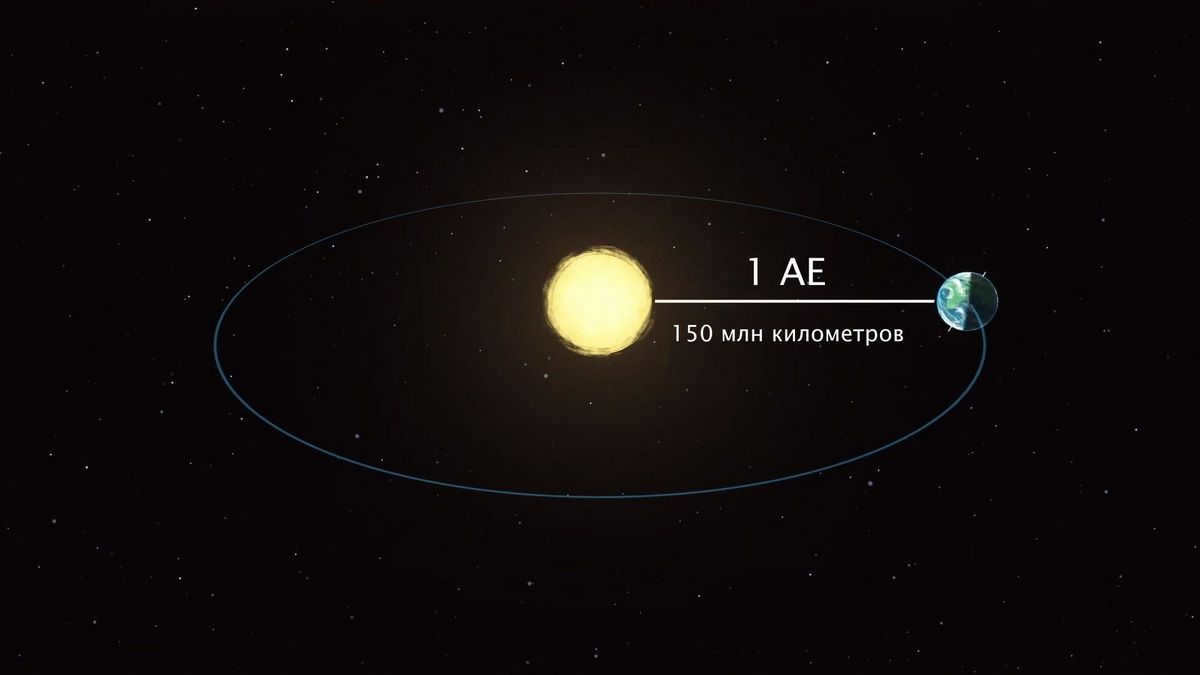
The current distance
The distance between the Earth and the Sun is continuously fluctuating, ranging from 147,093,163 km in January to 152,100,527 km in July, due to the elliptical orbit of our planet (as of 2022). Consequently, the distance to the Sun undergoes constant changes on a second-by-second basis. The average distance from the Earth to the Sun is estimated to be around 149.6 million kilometers. This value serves as an average and widely accepted measurement, although it is not definitive. The Earth’s orbit trajectory experiences slight variations each year as a result of the gravitational influence exerted by its natural satellite, the Moon.
Approximately every century, our planet moves approximately 15 meters farther away from the Sun.
Astronomical unit
The International Astronomical Union adopted the astronomical unit in 2012 as a means of defining the distance between celestial bodies that are in close proximity to Earth. It serves as the average distance from Earth to the Sun and is equivalent to 149,597,870.7 km.
Throughout history, numerous renowned scientists have contributed to its calculation:
- Aristarchus of Samos;
- Hipparchus of Nicaea;
- Christian Huygens;
- Giovani Cassini;
- Jean Richet;
- Nicole Capitaine.
While Earth is 1 AU away from the Sun, Jupiter is 5.2 AU away and Neptune is 30.1 AU away.
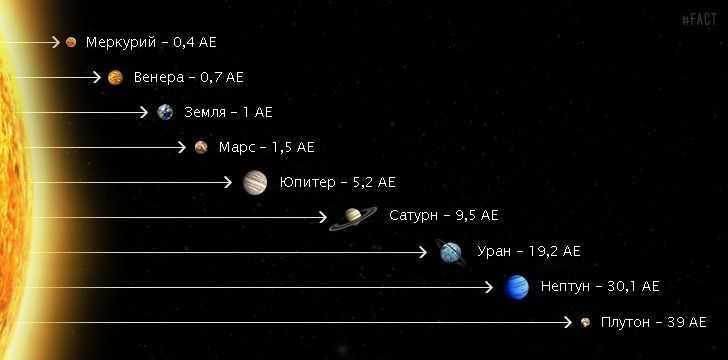
The distance from the Earth to the Sun is commonly referred to as the “astronomical unit” (abbreviated as “ua” according to the International Standard). In scientific literature, it can also be denoted as “u.a.” or “UA”.
Even though the Moon is relatively small and far from Earth, it still has a significant gravitational force that affects our planet. This impact can be seen in the ocean levels, which create tides in various regions. When the Moon’s influence is strong, high tides occur, while low tides happen when its influence is weak.
High water and low water are the peak and lowest points of the water level, respectively. The difference between low water and high water is known as the tide height.
The most significant increases in water level happen during the Sisigian tide, when the Sun and Moon work together to pull the Earth in one direction. On the other hand, the Quadrature Tide occurs when the tides are at their lowest and the gravitational forces of the Sun and Moon act at a 90-degree angle to each other.
Aphelion and Perihelion
Our planet orbits around the Sun, but it doesn’t maintain the same distance from the star at all times. Every six months, the planet reaches its closest point to the Sun, known as perihelion, and then moves 5 million kilometers further away, reaching its most distant position – aphelion.
The term perihelion refers to the point in outer space where the planet is closest to the Sun, which for Earth is at a distance of 147 million kilometers. The planet reaches its perihelion during winter, specifically from January 2nd to January 5th.
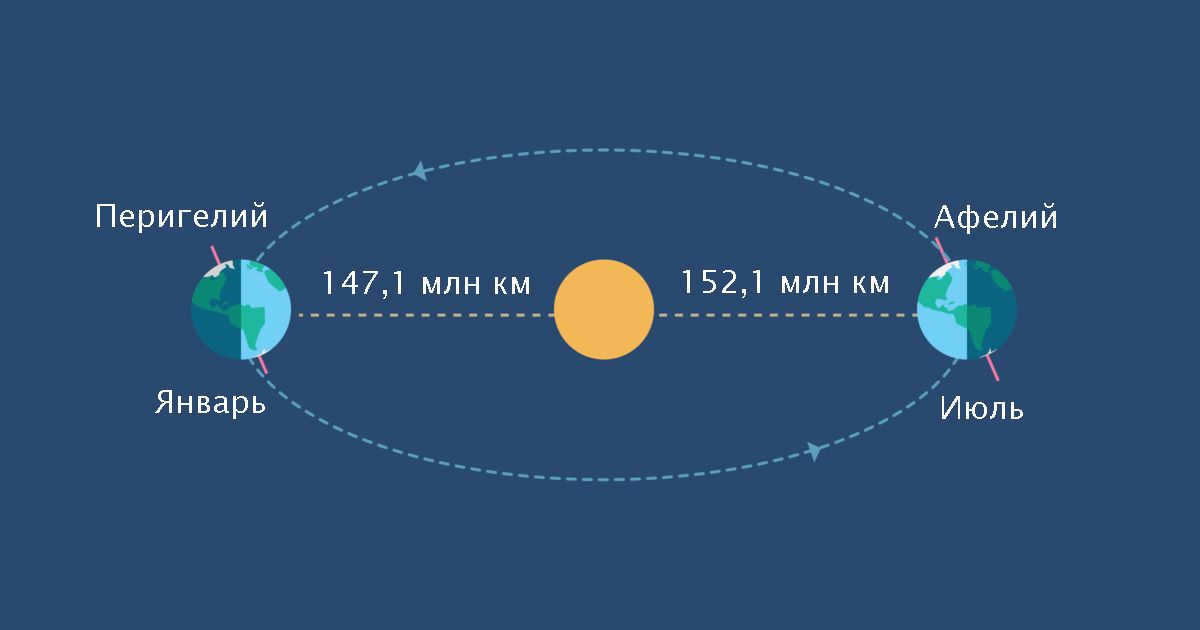
The aphelion is the moment when the Earth is farthest from the Sun, approximately 152 million kilometers away. During this time, the distance between the Earth and the Sun is at its maximum, with an angular deviation of 31’28 degrees. This is about 3% smaller than the apparent size of the Sun at perihelion.
It is important to note the effects of aphelion and perihelion on the Earth. When the Earth is at aphelion, it receives about 7% less sunlight compared to perihelion. This difference in solar radiation has an impact on the temperature variation between the northern and southern hemispheres. Winters tend to be milder in the northern hemisphere, while summers are hotter in the southern hemisphere.
Calculating the Sun’s distance in ancient Greece
In ancient Greece, geometry was a highly esteemed scientific discipline, and it played a crucial role in various astronomical breakthroughs. Among these achievements was the determination of the Sun’s distance, which was accomplished without the aid of sophisticated instruments. Sky observation served as the primary means of exploring celestial realms for the ancient Greeks.
There were also ancient Greek scholars who had an interest in determining the distance of the luminary from the Earth, although only a few writings have managed to survive. One such surviving document is the account of Aristarchus of Samos, a 3rd-century BC thinker. In this record, he provided measurements of the Earth, Sun, and Moon, as well as the distances between them.
What set this ancient Greek scientist apart was his emphasis on scientific validity rather than mere speculation. He achieved this by employing geometric formulas, which was an unconventional approach during a time when theories and conjectures held greater value.
Initially, he made observations regarding the various phases of the moon, its movement, and meticulously tracked both solar and lunar eclipses. Subsequently, he skillfully employed Pythagoras’ theorem by utilizing the distances between the Moon and the Earth, as well as the Moon and the Sun, as the base lengths of a triangle, while the distance from the Earth to the Sun served as the hypotenuse. Based on these crucial measurements, Aristarchus of Samosia not only posited, but also substantiated the notion that the Moon possesses a spherical shape. Moreover, the esteemed mathematician established the intricate relationship between these aforementioned celestial bodies, ultimately determining that the Sun is twenty times farther from Earth than the Moon.
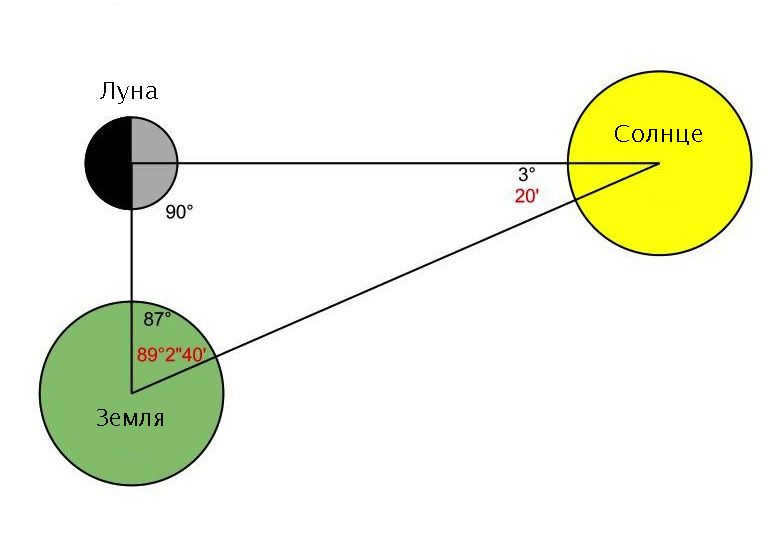
Contemporary researchers have examined the records of Aristarchus of Samos and determined that he was incorrect – in actuality, the star is many times larger than what he calculated. However, during his era, the ancient Greek scientist’s work significantly advanced the understanding of the solar system and all the celestial entities within it.
Hipparchus of Nicaea’s Observations
Hipparchus of Nicaea, a prominent figure in ancient astronomy during the 2nd century BC, is widely recognized as one of the pioneers in this field. His significant contributions to the study of the cosmos encompass various noteworthy accomplishments:

- the stars were studied using trigonometric methods;
- special instruments like the sextant and the quadrant were used to increase measurement accuracy;
- a catalog of stars was created;
- a system of stellar magnitudes was developed;
- the precession of the equinoxes was calculated;
- theories about eclipses were formulated.
This ancient Greek scientist also explored the inquiry regarding the distance between the Sun and the Earth. He utilized the information that the Sun is further away than the Earth’s satellite, and hypothesized that the closest distance to the Moon is 71 Earth radii, while the farthest distance is 83. Subsequently, by utilizing the gathered data and observations of solar constellations, Hipparchus of Nicaea proposed the theory that the distance to the Sun ranges from a minimum of 490 Earth radii (equivalent to 3.115 million km) to a maximum of 2550 Earth radii (equivalent to 16.21 million km).
Calculating the New Age
During the 17th century scientific revolution, scientists became interested in determining the distance to the Sun. Johannes Kepler was the first to challenge the estimates made by ancient Greek astronomers, arguing that they were too conservative.
With the advent of telescopes, astronomers had access to much more precise data than their ancient predecessors. The first measurement that came close to the modern value was made by Christian Huygens, a Dutch scientist, and it differed from the actual length by only 7%. Over time, measurements became increasingly accurate.
In order to calculate the distance to the Sun, Huygens had to use a right-angled triangle with one of the short sides representing the exact distance to any other celestial body. In this case, Huygens chose Venus for this purpose. By observing the different phases of Venus, Huygens was able to construct a right-angled triangle with the Sun-Venus-Earth angle being the right angle. He also easily found the Sun-Earth-Venus angle. The next step was to determine the distance between the two planets, which required knowing the dimensions of Venus. At this point, Huygens made a somewhat unscientific assumption that Venus and Earth were nearly the same size. However, despite this assumption, he was correct as the two planets are indeed very similar in size. Once Huygens had determined the distance between these two celestial bodies, he could calculate the hypotenuse of the triangle, which turned out to be 160 million kilometers.
Cassini and Richet’s findings
Giovanni Cassini and Jean Richet also conducted measurements regarding the astronomical unit of measurement. They grappled with the challenge of quantifying distances in space. In order to ascertain the distance between our planet and the Sun, the scientists opted to utilize the metric system. For their experiment, they initially recorded the distance from Earth to Mars using the diurnal parallax method, and then proceeded to measure the distance to the solitary star in our planetary system. In 1672, the duo presented precise figures – 140 million kilometers.

Up until the 20th century, this measurement was widely regarded as the most precise. The reason for such a significant lapse in time is attributed to the absence of the required instruments and methodologies capable of providing accurate data on the distance between celestial bodies with minimal margin of error.
Parallax Technique
The parallax technique involves the apparent displacement of an observed object based on the observer’s position. By knowing the distance between two points and the angle of displacement of the object between them, it is possible to utilize principles of geometry and trigonometry to calculate the object’s distance. This method has been employed by both ancient Greek astronomers and modern-day scientists. Typically, two well-known landmarks are chosen, with their distance apart previously measured in a straight line. Scientists then simultaneously measure the relative angle between the object and the Earth, combining their findings to determine the object’s distance.
Astronomers have utilized this method to ascertain the distances between planets and to create specialized instruments.
- Galileo Galilei;
- Giovanni Cassini;
- Jean Richet;
- Johann Franz Enke;
- Carl Gustav Witt.
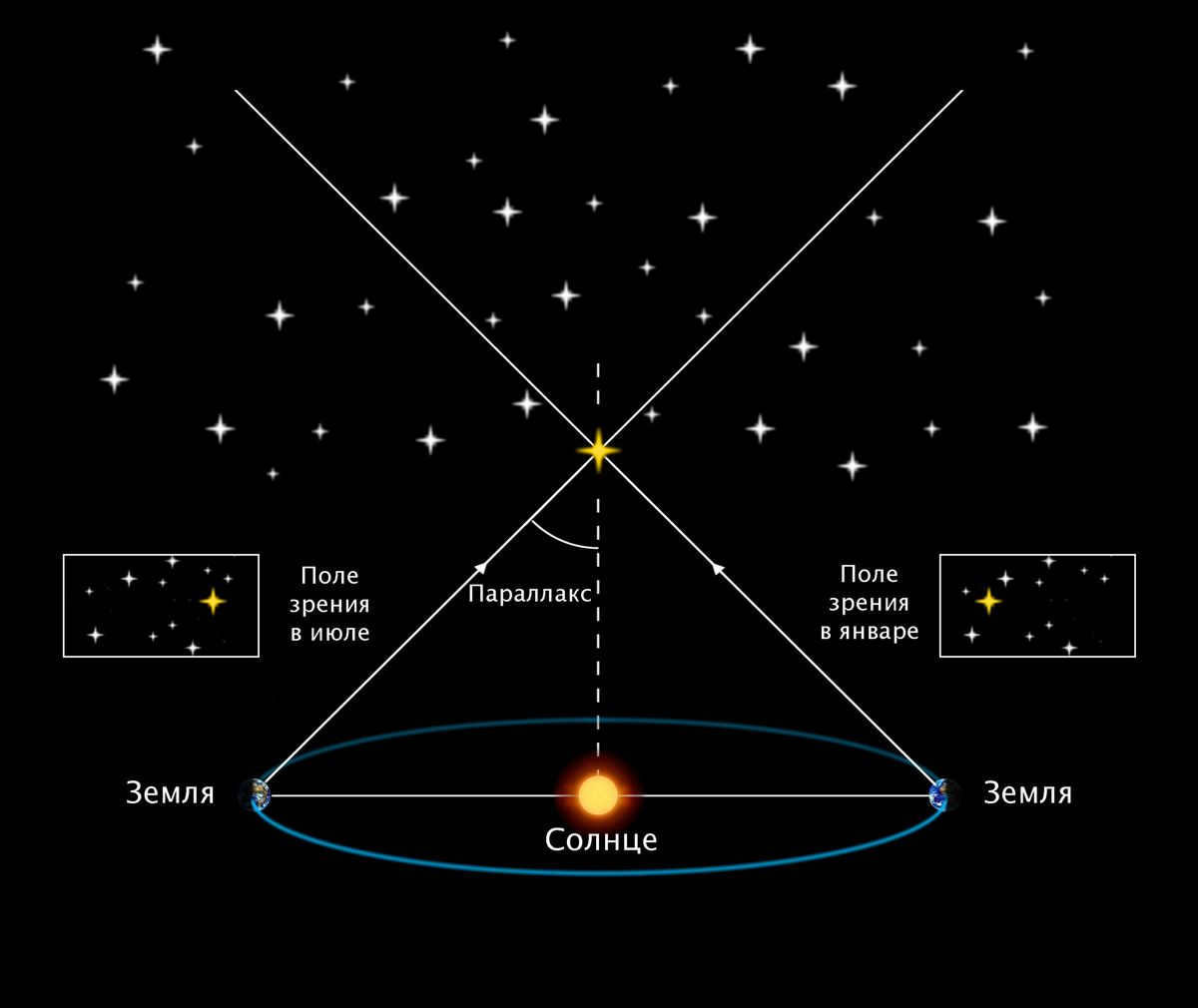
The precision of this technique allowed for the development of a revolutionary astronomical device known as the telescope, which provided valuable insights into the distances between Mars, Venus, and the Sun. Additionally, it led to the discovery of the asteroid Eros.
The method of using standard candles
This approach is based on the principle of light transmission, which states that the brightness of light decreases as the square of the distance from the source increases. By determining the frequency of electromagnetic radiation emitted by an object, scientists can calculate its temperature in kelvins and subsequently determine its luminosity. This technique is commonly employed by modern researchers to estimate the distance to extremely remote stars and galaxies.
Given that the Sun is one of the most extensively studied stars, determining the average distance to the Sun is relatively straightforward – approximately 497 light seconds, which is equivalent to 149 million kilometers.
A light second is defined as 299,792.46 kilometers, serving as the smallest unit of cosmic measurement. This unit represents the distance that a beam of light can travel within the span of one second.
Ever since humanity devised new techniques for determining distances, such as laser rangefinders and radar, it has become possible to calculate the distance from celestial bodies with remarkable precision. Once again, Venus served as the point of reference for this measurement. Armed with the exact distance to Venus, scientists in 1961 were able to effortlessly compute the desired value – that is, the distance to the Sun.
However, the researchers were not content to stop there. Just recently, NASA launched the Parker Solar Probe into space – a probe designed for in-depth investigation of solar phenomena. Capable of withstanding temperatures reaching up to 1450°C, this probe will venture as close to the Sun as humanly possible (ultimately narrowing the gap to a mere 6 million kilometers).
Radar Technique
In the early 1900s, the initial radars emerged, offering the capability to measure distances. This breakthrough led to their application in the study of space. The precise measurement of distances between celestial bodies remained a prominent question among scientists from various disciplines. Consequently, beginning in 1946, astronomers started utilizing radar extensively to determine the astronomical unit. The process involved transmitting a powerful and sustained radio wave to overcome the Sun’s electromagnetic field, which would otherwise overpower weaker signals.
In 1961, the average distance to the Sun was finally determined to be 149,599,300 km, making the world aware of this significant measurement. However, a small calculation error of 2,000 km was identified, prompting scientists to conduct further research the following year. Once again, new data was gathered, revealing that the actual distance from the Sun to the planet was 149,598,100 km. This time, the error was reduced to only 750 km, signifying a more precise and reliable outcome compared to the previous findings.
Laser distance determination
In the past, laser rangefinders had a small margin of error of 1.5-2 meters when measuring distances of 1000 kilometers. However, modern laser rangefinders have greatly improved accuracy. They now have an error of only 10 millimeters at the same distance, allowing for highly precise measurements of astronomical objects.
Researchers have even achieved ultra-precise results by using lasers and artificial reflectors on the Moon’s surface. With an error of just a few centimeters, these measurements provide a reliable foundation for future calculations.
- The Astronomical unit is a measurement used to determine the distance from the Earth to the Sun, which is approximately 150 million kilometers. This unit is specifically utilized for measuring distances within the Solar System.
- A light-year is a massive measurement, equivalent to 9.46 trillion kilometers. It represents the distance that light can travel in the span of one year. This unit is commonly employed to calculate distances between stars.
- A parsec is an even larger measurement, equal to 206 thousand astronomical units or 3.26 light-years. It is defined as the long cathetus of a right triangle, where the short cathetus is equivalent to one astronomical unit, and the angle opposite to it is equal to an angular second (1/3600 of one degree).
Not many individuals take the time to contemplate the vast distance between our planet and the Sun. It is truly remarkable to consider the inquisitive nature of mankind and the intelligence, creativity, and patience of the ancient scientists who were able to uncover answers to the most intricate puzzles of the Universe.
Were you aware that everything was so challenging, or did you assume that everything was already discovered in Ancient Greece?

The mean separation between our planet and the Sun measures approximately 0.000004848 parsecs, which roughly equates to 150 million kilometers. This particular measurement has played a vital role in the evolution of life on Earth. Numerous scientists throughout the ages have worked tirelessly to determine this value, but it was only through the advent of the scientific and technological revolution that a definitive answer was finally obtained.
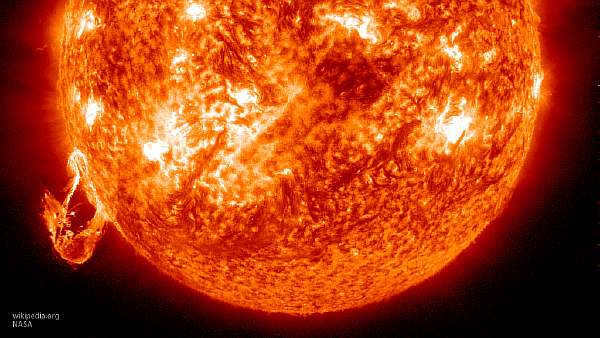
Precise Measurement
The approximate distance between the Earth and the Sun is 149.6 million kilometers, according to calculations made in 2016 and documented on Wikipedia. However, on July 6th, 2018, the Earth was actually 152,095,566 kilometers away from the Sun.
The specific distance between our planet and the Sun varies depending on the position of the Earth in its elliptical orbit around the star. This fluctuation in distance is the reason behind the changing of seasons on Earth.
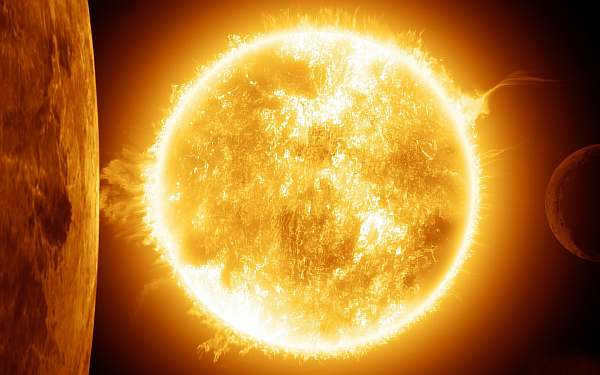
Contrary to popular belief, the distance from the Sun does not play a role in cooling.
In July, the Sun is at its greatest distance, which is approximately 152 million kilometers. In contrast, during winter, specifically in January, we are closest to the Sun. The minimum distance between these celestial bodies in the summer is only 147.1 million km, which can be rounded to 147 million km. Therefore, the average distance is approximately 149,500,000 km, with a possible error of 17,000 km. This error accounts for only 0.0001 of the total size of the plot.
Scientists categorize distances into three types:
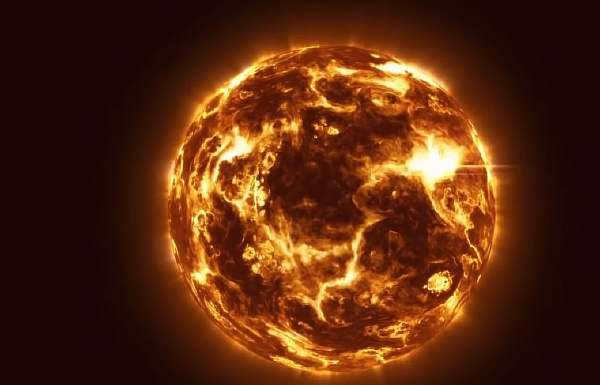
Astronomical unit
The astronomical unit, also known as AU, is a unit of measurement used to express distances between objects in space. In Russia, it is written as “a.e.”. The international designation for this unit is “au” or “Astronomical unit”. It is defined as the average distance between the Earth and the Sun, which is approximately 149 million kilometers.
In 2012, the Astronomical Union officially added the astronomical unit to the International System of Units, equating it to 149,597,870,700 meters. However, it is important to note that this value is variable and can be approximated as 1496 * 10^11 meters for low-precision calculations.
Watch the video below for more information on the average distance to the Sun.
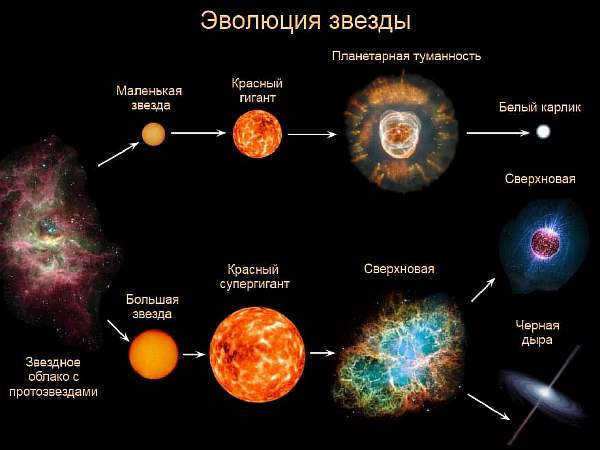
In 2004, Russian scientists Viktor Brumberg and Grigory Krasinski made an interesting observation – our planet is gradually moving away from the sun. This movement may seem insignificant, with a rate of only 15 centimeters per year. However, over time, this adds up to a significant distance. Every 10 years, the distance between the Earth and the Sun increases by 1.5 meters, and every 100 years it increases by 15 meters. The exact reasons behind this phenomenon have long puzzled scientists, but they have come up with various intriguing hypotheses.
Tides
One theory suggests that the gravitational attraction between the Earth and the Sun weakens over time, causing the distance between them to increase. This phenomenon is believed to be caused by the Sun’s loss of mass through its solar wind, also known as the stellar wind, which is a common occurrence among stars.
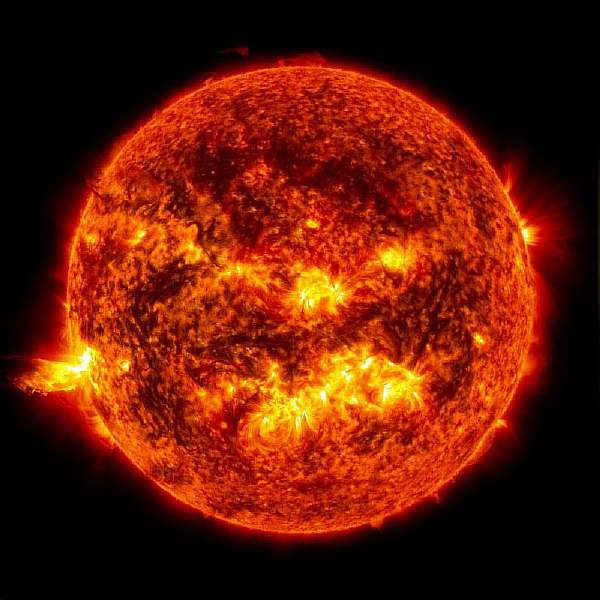
The Sun belongs to the yellow dwarf class and is classified as a star. On the other hand, the stellar wind refers to a continuous stream of ion radiation that is emitted by the solar corona or the outer layers of the atmosphere of any other star. However, the rate at which the distance between objects increases surpasses the calculations that were made based on this hypothesis.
In 2009, a group of Japanese scientists proposed the notion that the gradual separation of the Earth from its celestial source of light is the consequence of tidal forces. Tidal forces cause deformations in bodies that are subjected to them within the gravitational field.
Therefore, the Moon has an impact on our planet and leads to periodic fluctuations in the sea level. Similarly, the Earth has an effect on the Sun, despite the vast disparity in size between these celestial bodies.
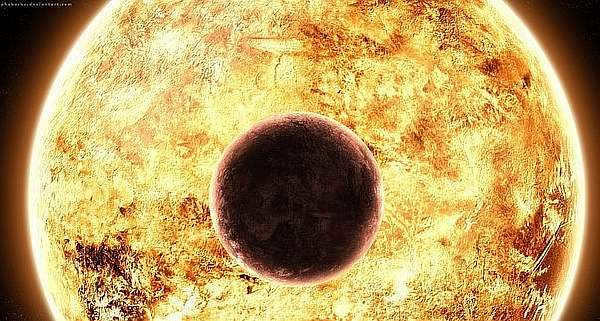
Due to the gravitational interaction between the Earth and the Sun, the luminary’s rotational period around its axis gradually extends over time, causing the planet to move farther away. Similarly, the Moon slows down the Earth’s axial rotation, resulting in the planet moving 4 centimeters farther from the Moon each year. Currently, the distance between the Earth and the Moon is 384,467 kilometers.
When making any measurements or calculations involving astronomical units, it is advisable to regularly update them. However, since 15 cm is of negligible significance in the grand scheme of the cosmos, this unit of measurement continues to be universally accepted for expressing distances.
Aphelion and perihelion
The point in the orbit of any celestial body that is farthest from the Sun is known as the “aphelion”. The Earth’s aphelion in its solar orbit is 152 kilometers. The section that is equivalent to 147 million kilometers is referred to as the “perihelion”.
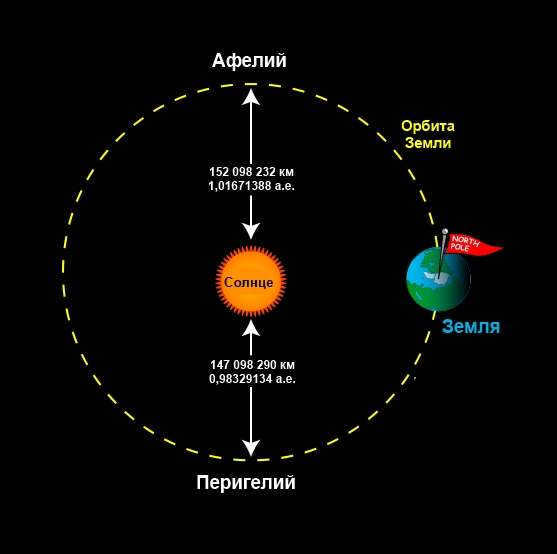
The point is known as “Helios” or “Sun” and “peri” which means “near”. If we were discussing the nearest point in the Earth’s orbit, it would be referred to as perigee. Likewise, for a celestial body orbiting the Moon, it is called perigee. The closest point in the orbit of Pluto is called perigadius.
Thousands of years ago, scientists began to wonder about the distance from the Earth to the Sun. Let’s mention a few astronomers whose works have reached our contemporaries.
Aristarchus of Samos
In the 3rd century BC, the scientist Aristarchus of Samos proposed a method to visualize the distance between the Moon and the Earth. He suggested that if the Moon shines with reflected light, we can imagine this distance as a right triangle. According to Aristarchus, this triangle is formed when the Moon appears as a perfectly half-cut disk on one side during certain periods of the month. In this scenario, the distance from the Moon to the Earth is represented by one of the triangle’s legs, while the segment between the Earth and the Moon is the hypotenuse.
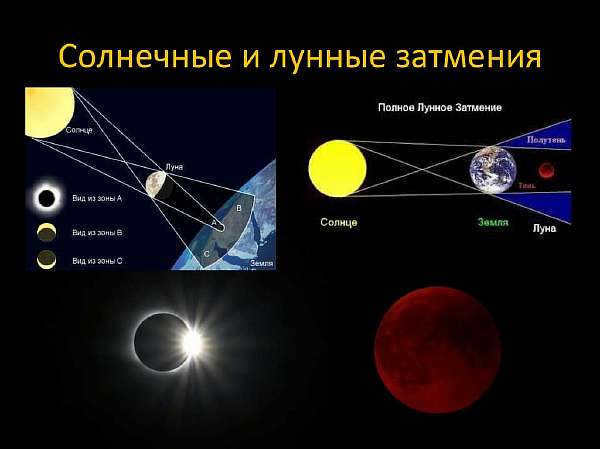
Aristarchus proposed a method to determine the distance from Earth to the Sun using the geometric ratio of the cathetus to the hypotenuse. He calculated that this ratio is 1:19.
However, it is impossible to accurately calculate the moment when the Moon is at the top of a right angle using visual observations.
The smallest inaccuracies can result in a significant deviation from the actual situation. The difference between Aristarchus of Samos’ calculations and reality is substantial. The actual distance is 20 times greater than the researcher’s calculations. This is because the Sun is 400 times farther from Earth than the Moon.
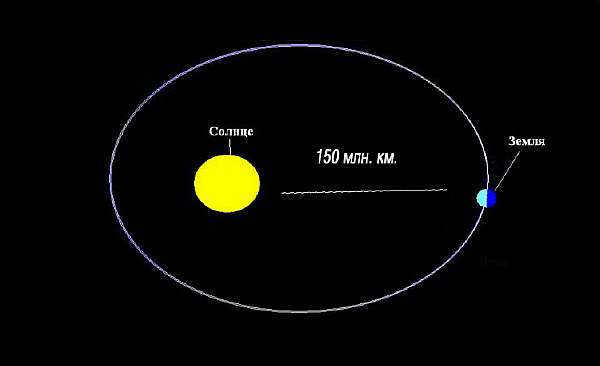
Hipparchus of Nicaea
In the 2nd century BC, Hipparchus of Nicaea utilized the concept of triangle similarity to ascertain the distance to the Sun. His methodology was based on the observation of lunar eclipses, with the unit of measurement being the radius of the Earth.
During a lunar eclipse, the Moon finds itself within the Earth’s shadow, which takes on a conical form and effectively obstructs the reflection of light. At this particular moment, the Moon and the Earth’s shadow appear to be of equal size, leading to an intriguing phenomenon. Only a shimmering luminous halo surrounding the Moon remains visible from the vantage point of Earth.
These triangles possess congruent angles. The scientist depicted triangles in which the sides pass through the centers of the celestial bodies along the diameter.
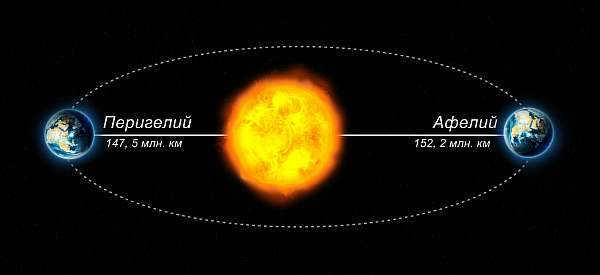
Based on this fact, the distance from the Sun to the Earth is greater than the distance from the Earth to the Moon by the same proportion that the difference in radius of the former exceeds the difference in radius of the latter. To be more precise, it exceeds the difference between the radius of the Earth and the radius of the Earth’s shadow on the lunar surface.
In order to calculate the radius of the Earth’s satellite in kilometers, the brilliant scientist conducted a series of simple measurements. These measurements were carried out using ordinary instruments for measuring angles.
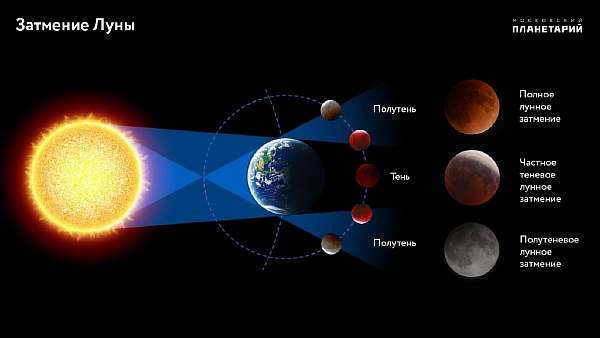
Contemporary Era
In the contemporary era, a new wave of diligent inventors emerged, focusing their attention on determining cosmic distances. These innovators also endeavored to calculate the precise number of kilometers that separate the Earth from the Sun. The list of accomplished astronomers during this time is extensive, but we will only mention a select few prominent individuals.
Christian Huygens
In 1653, Christian Huygens, the Danish physicist and astronomer, attempted to determine the Earth-Sun distance by employing the method of right triangles. In contrast to Aristarchus of Samos, Huygens opted to utilize Venus instead of the Moon as the third celestial body. He employed a comparable approach to calculate the Sun’s position by observing the semi-illuminated phase of Venus.
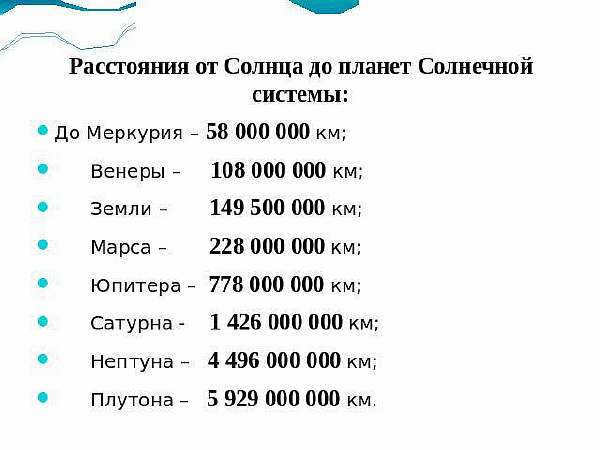
Richer and Cassini
The initial measurements of large celestial bodies with the most accurate findings were conducted by scientists Richer and Cassini. They observed the movement of Mars across the celestial sky and utilized geometric calculations. In 1672, they successfully determined the distance between the Earth and the Sun, which amounted to 139 million kilometers.
Richer conducted his observations in Guiana, while Cassini conducted his in France. The distance to Mars was determined by comparing the discrepancies in their measurements. These data were then utilized for geometric calculations to derive the accurate distance to the Sun. However, Cassini’s calculations significantly underestimated the value, as it deviated by approximately 7% from the actual distance.
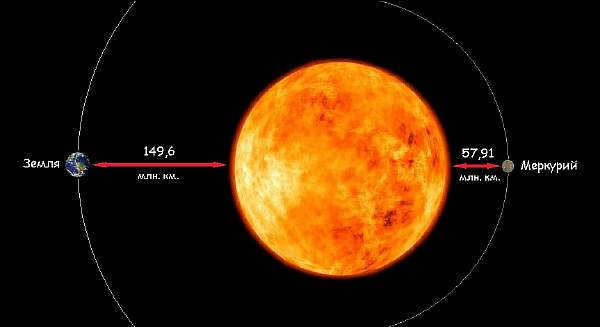
The parallax technique
In their study, these researchers employed the parallax technique. The term “parallax” refers to a visual shift in the position of a nearby object against the backdrop of other, more distant entities. This shift becomes noticeable and can be measured when the viewpoint, or the observer’s position relative to the objects in question, changes. In simpler terms, parallax is the angular displacement of a body compared to more distant objects when the viewpoint changes.
To utilize the parallax method, one must know the distance of the observer’s displacement and the angle of displacement of the object relative to the background. With this information, it is possible to determine the necessary distances within the resulting triangle through basic geometric calculations.
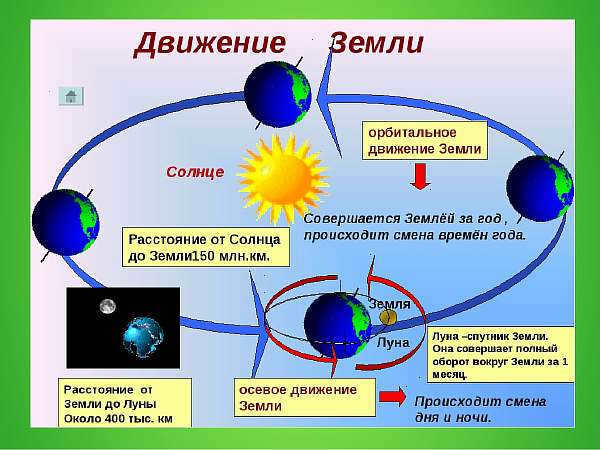
In ancient times, the belief that the Earth was flat and stationary was supported by the lack of observable parallax. This was evident in the absence of apparent shifts in the position of stars in the sky when the observer changed their vantage point. However, even during this period, there were skeptics who questioned this assertion. Some proposed that the distance to the stars was so vast that any displacement would only be noticeable over much larger distances.
With the passage of time, there has been a significant expansion in the range of tools available to measure distances in the cosmos. Advancements in technology have resulted in better and more precise instruments, allowing us to determine the parallax of celestial objects against the backdrop of the night sky. However, when calculating the distance to a star, it is important to take into account the average radius of the orbit instead of the radius of the Earth. To obtain the distance to the star, the following formula should be employed: r = 206265/π.
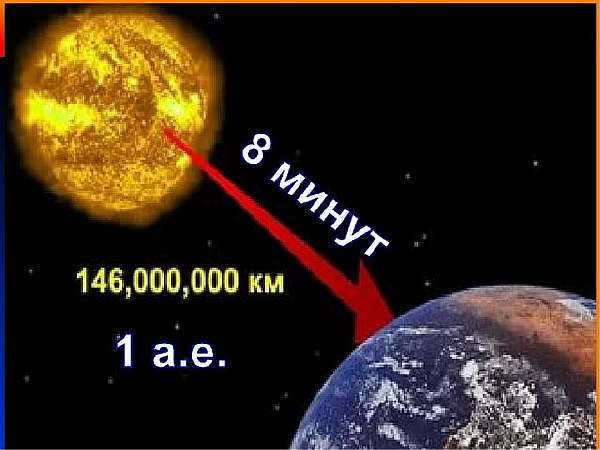
Standard candle technique
The parallax technique is utilized to compute distances to the closest stars to Earth. More remote stars are identified by focusing on data about the nearest luminaries. The fainter a star appears, the likely farther away it is.
The precision of the standard candle technique is low. Extensive data on the luminosity power of landmark stars may be necessary to accurately determine the distance.
The scientific and technological revolution has enabled humanity to achieve a significant advancement in development, elevating the precision of research to an unprecedented level.
Specifically, researchers have started employing radar to measure cosmic distances.
Below is a video discussing this subject.
Radar
Researchers obtained the most precise answer to the question of the distance to the Sun through the utilization of radar. The method involves transmitting an impulse to a distant celestial body in order to determine the distance to nearby space objects.
Afterwards, the impulse returns back as it gets reflected by the celestial body. Specially tuned instruments pick up the pulse, which is then analyzed, taking into consideration the time it took to travel.
When determining the distance to the Sun, it is most effective to send long waves towards it. The length of these waves should be between 5 and 15 kilometers. Shorter waves are absorbed by the atmosphere of the Sun.
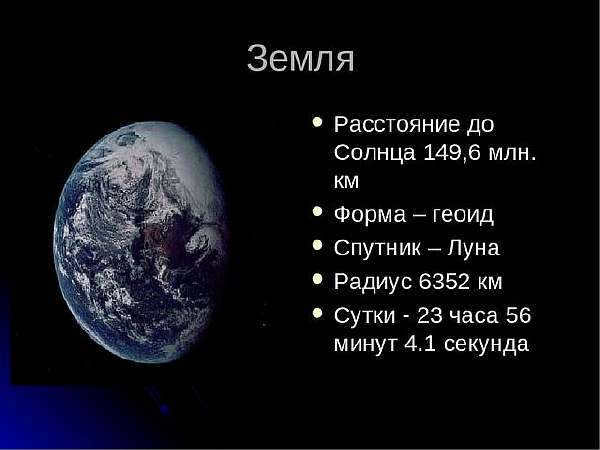
The distance from Earth to the Sun is calculated based on the distance to the outermost point of the Sun’s radius. The photosphere, which is the visible luminous shell of the Sun, is used as a reference for the radius. The photosphere is the uppermost layer of the Sun’s atmosphere and is responsible for the optical radiation that reaches the Earth’s surface. It has a thickness of approximately 300-400 kilometers.
The Sun’s atmosphere consists of three levels:
- Photosphere: the layer where radiation is generated.
- The chromosphere, which can be observed from Earth during a total solar eclipse, is identifiable by a pinkish border surrounding the Moon’s black disk. This colorful layer gets its name from its distinct coloring.
- The corona, the outermost layer of the Sun’s envelope, is responsible for emitting the solar wind.
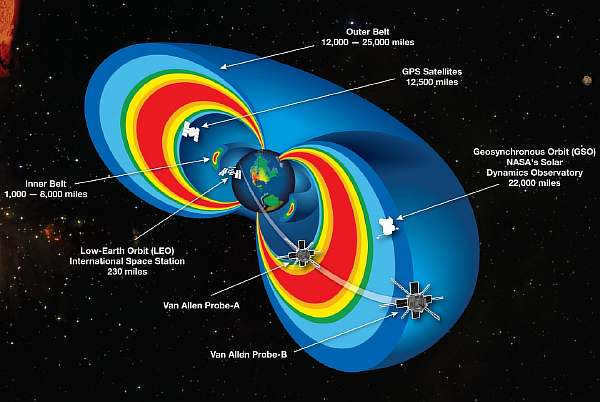
Laser localization
The process of determining distance using a laser involves a certain level of technological complexity, as it requires a functioning laser. However, the underlying principle is similar to that of radar. A laser pulse is emitted towards a distant object and then detected by a specialized device upon its return. By measuring the time taken for the laser beam to travel, it is possible to accurately calculate the distance to objects located at great distances, with a precision of a few centimeters.
Contrary to radar-based distance measurement methods, laser localization offers distinct advantages. Radar is generally limited to a maximum accuracy of several kilometers. In contrast, laser localization enables more precise studies of distant objects, such as stars, despite the challenges posed by their physical characteristics.
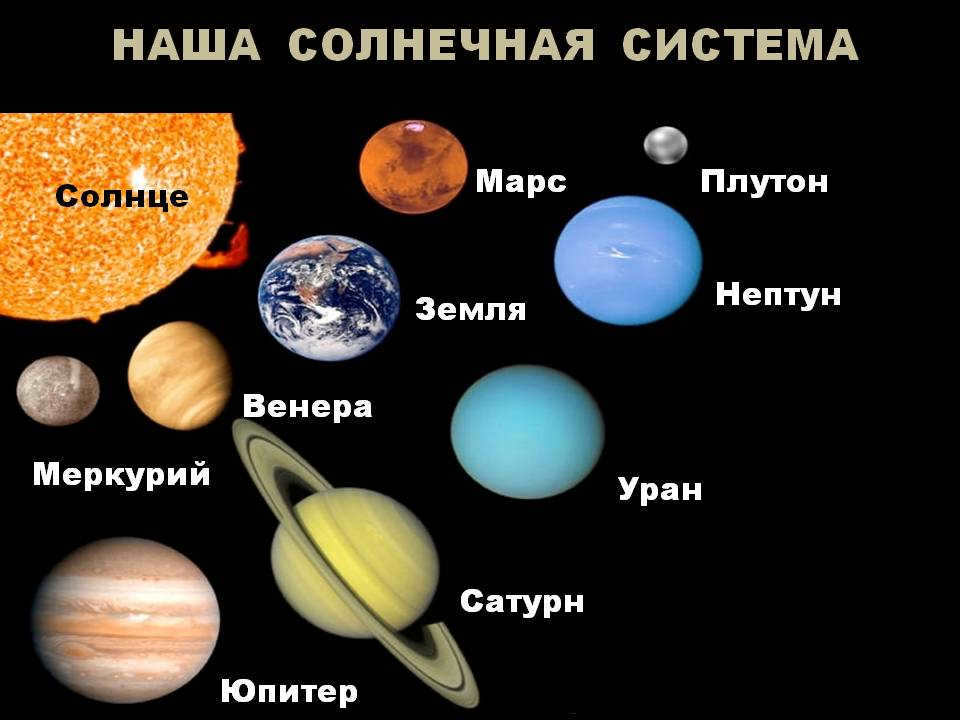
The velocity of light
It is fascinating to contemplate the duration it takes for light to arrive at the Earth. A beam from the Sun traverses the distance to Earth at a staggering speed of 300,000,000 meters per second. In a mere 8 minutes, it covers millions of kilometers. In the grand scheme of the cosmos, this is an infinitesimal span of time.
Scientists are engaged in the study of objects situated light years away from our planet. A light-year represents an astronomical expanse, requiring light to journey for an entire year to traverse a distance of 9,460 billion kilometers. In terms of astronomical units, a light-year is equivalent to 63,241.1.
Another unit utilized for measuring the distances between celestial bodies is the parsec. This unit corresponds to 3.26 light-years. The term “parsec” is derived from the combination of the words “parallax” and “second.”
Parsecs are used to measure parallax distances. In other words, as the Earth orbits the Sun, the positions of the stars also shift slightly when the Earth changes its position in the orbit.
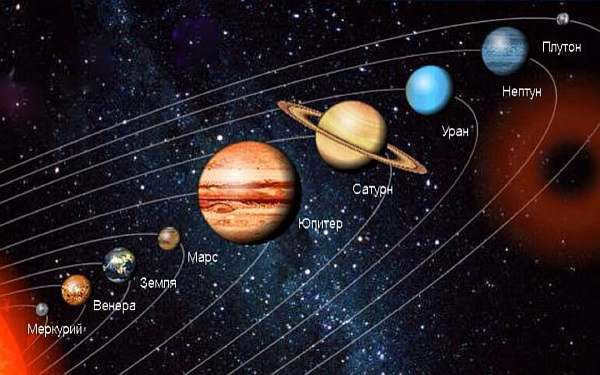
Distances
The distance from our planet to the star is 1.496 x 10^11. Our planet completes a full orbit around the Sun in a span of 24 hours. The Earth’s surface area measures 510 million kilometers. The exact position of the Sun is documented in the ephemeris, which is essentially a table containing the coordinates of various celestial objects.
The ephemeris records the coordinates of celestial bodies at specific moments throughout the day. According to this table, the average distance from the Sun’s center is 1.49610 centimeters to the power of 13. Although this number may seem small, it actually requires multiplying 1.49610 by itself 13 times consecutively. This data was accurate as of 1995.
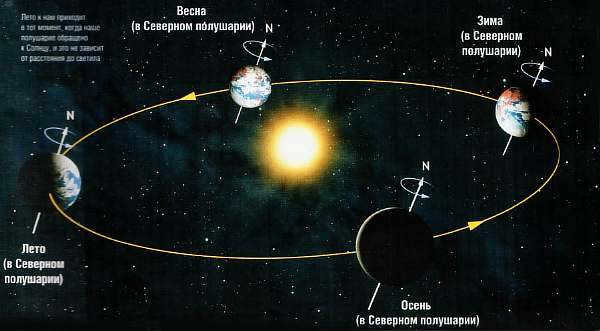
Let’s create a visual representation of the relative distances between planets within our solar system by listing them in order of their distance from the Sun.
| Planet | Distance to the Sun |
| Earth | approximately 149.6 million kilometers |
| Jupiter | approximately 778.5 million kilometers |
| Uranus | approximately 2.9 billion kilometers |
| Neptune | approximately 4.5 billion kilometers |
Final Thoughts
The entire course of life on Earth would have been drastically altered if the distance from our planet to the celestial luminary had been different.
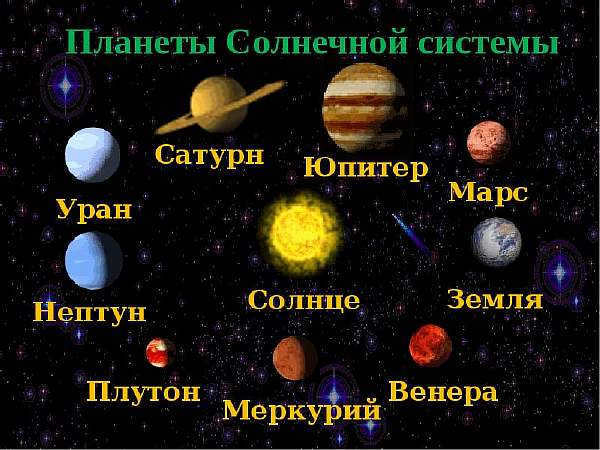
Nevertheless, the Sun’s importance goes beyond that. In the realm of science, especially in the field of astronomy, the distance from the Sun plays a vital role in various calculations and theories.





